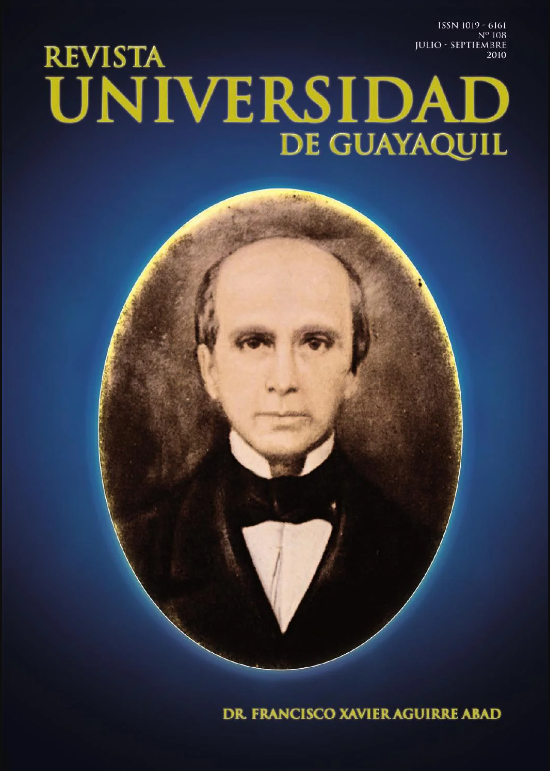New artery clamping technique with mononylon 5.0. in microsurgery. Experimental study in rats
DOI:
https://doi.org/10.53591/rug.v108i3.426Keywords:
Microsurgery, Small vessels anasthomosis, Animal modelAbstract
Microsurgery is a very common and important technique in plastic surgery. Enables the implementation of free flaps and replantation. Clamping is essential because it stops the blood flow without damaging the vessel. This instrument is delicate, difficult and expensive to manufacture. Trying to find an useful alternative, Authors developed a wire nylon 5.0. clamp made. Background: Evaluating a new small caliper artery clamping method with mononylon 5.0. Method: 20 male wistar rats, weighing 220 to 250 g. were operated on by femoral artery anasthomosis using mononylon 5.0. clamping. Patency assessment was made by the milking maneuver after surgery and 72 hours. Results: Patency was registered 30 minutes after surgery in all cases. Only 4 animals showed patency after 72 hours and the remaining 16 developed artery thrombosis. Conclusions: This study proved that artery anasthomosis of small arms using wire mononylon 5.0. clamping, could be possible using described technique. (Huaraca Technique)
References
Acland R. Manual prático de microcirurgia, Roca livros, São Paulo, 1981.
Acland R. Trombus formation in microvascular surgery: an experimental study of the effects of surgical trauma. Surgery. 1973; 73:766-751.
Chien W, Varvares M, Hadlock T, Cheney M, Deschler DG. Effects of aspirin and low-dose heparin in head and neck reconstruction using microvascular free flaps. Laryngoscope. 2005 Jun; 115(6):973-6.
Gerbault O, Arrouvel C, Servant JM, Revol M, Banzet P. VCS Microclip anastomosis on blood vessels of less than 2 millimeters in diameter. Preliminary experimental study in the rat. Ann Chir Plast Esthet. 1998 Feb; 43(1):27-39.
Gutiérrez J, Cuevas P, Carceller F. Intraluminal thrombus and neointima hiperplasia after microvascular surgery. Surg. Neurol. 1985; 24: 159-153
Hanasono M, Butler C. Prevention and treatment of thrombosis in microvascular surgery. Reconstr. Microsurg. 2008 Jul; 24(5):305-14.
Int. Surg. 2004 Jul-Sep; 89(3):152-60.
Lecoq J, Senard M, Hartstein G, Lamy M, Heymans O. Thromboprophylaxis in microsurgery. Acta Chir Belg. 2006 Mar-Apr; 106(2):158-64.
McKee N. Operative complications and the management of intraoperative flow failure. Microsurgery. 1993; 14(3):158-61.
Monini L. Hemodinamics and coagulation. Microvascular anatomy. Milano, Masson. 1988; p 45-37.
Narayan K, Liang, Sichman. A new variable pressure microvascular clamp. Microsurgery. 1988; 9:52-54.
Pohlenz P, Blessmann M, Blake F, Li L, Schmelzle R, Heiland M. Outcome and complications of 540 microvascular free flaps: the Hamburg experience. Clin Oral Investig. 2007 Mar; 11(1):89-92.
Razura A. R. Microsurgical Training Manual, Houston, 1997.
Serafin D, Nicolas G. A. Laboratory Manual of Microsurgery. North Carolina, 1983.
Usón J, Usón J. M., Ezquerra J. Microcirugía. Editorial Complutense, Madrid, 1995.
Zeebregts CJ, Kirsch WM, Van den Dungen JJ, Van Schilfgaarde R, Zhu YH. Evolution of staples and clips for vascular anastomoses.
Published
How to Cite
Issue
Section
License

This work is licensed under a Creative Commons Attribution-NonCommercial-NoDerivatives 4.0 International License.

This work is licensed under a Creative Commons Attribution-NonCommercial-NoDerivatives 4.0. International License.
You are free to:
- Share — copy and redistribute the material in any medium or format
- The licensor cannot revoke these freedoms as long as you follow the license terms.
Under the following terms:
- Attribution — You must give appropriate credit , provide a link to the license, and indicate if changes were made . You may do so in any reasonable manner, but not in any way that suggests the licensor endorses you or your use.
- NonCommercial — You may not use the material for commercial purposes .
- NoDerivatives — If you remix, transform, or build upon the material, you may not distribute the modified material.
- No additional restrictions — You may not apply legal terms or technological measures that legally restrict others from doing anything the license permits.































